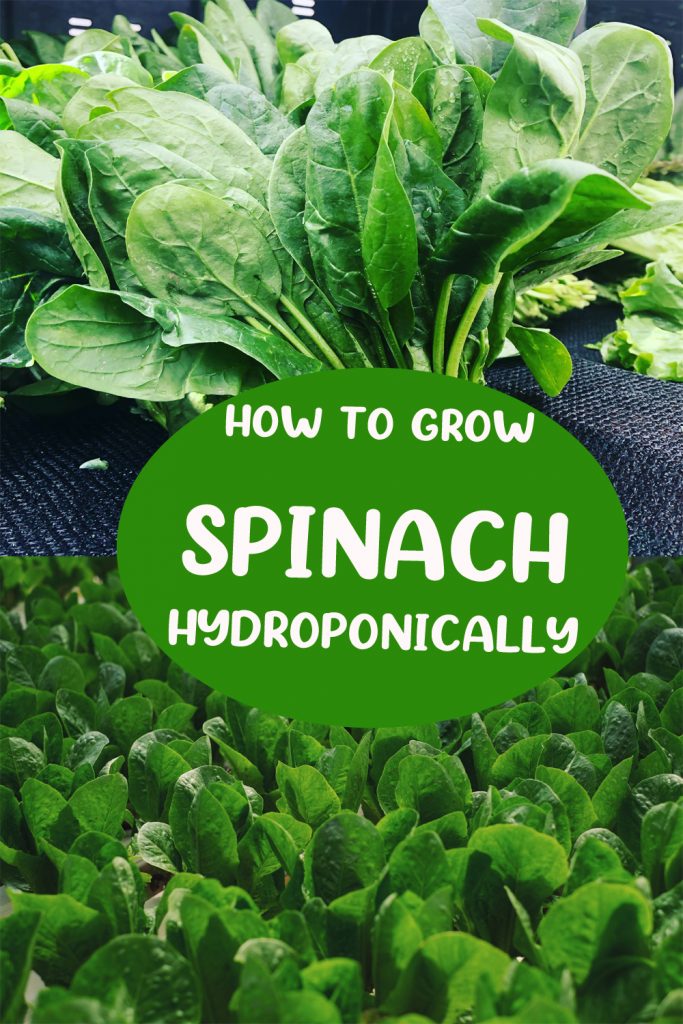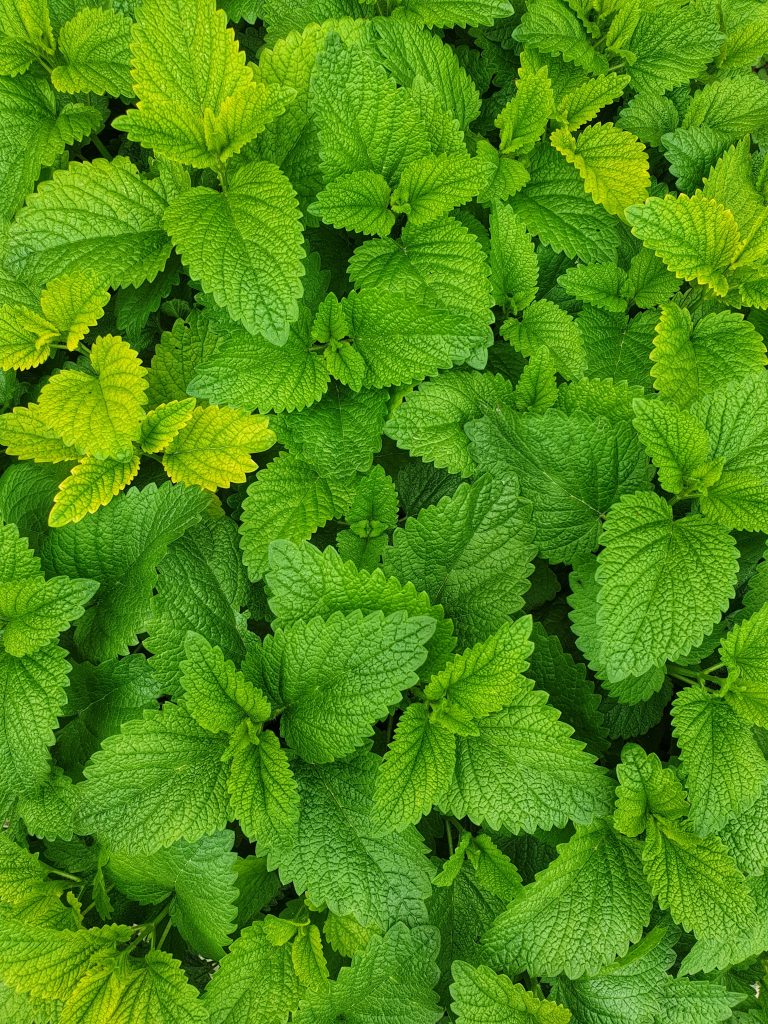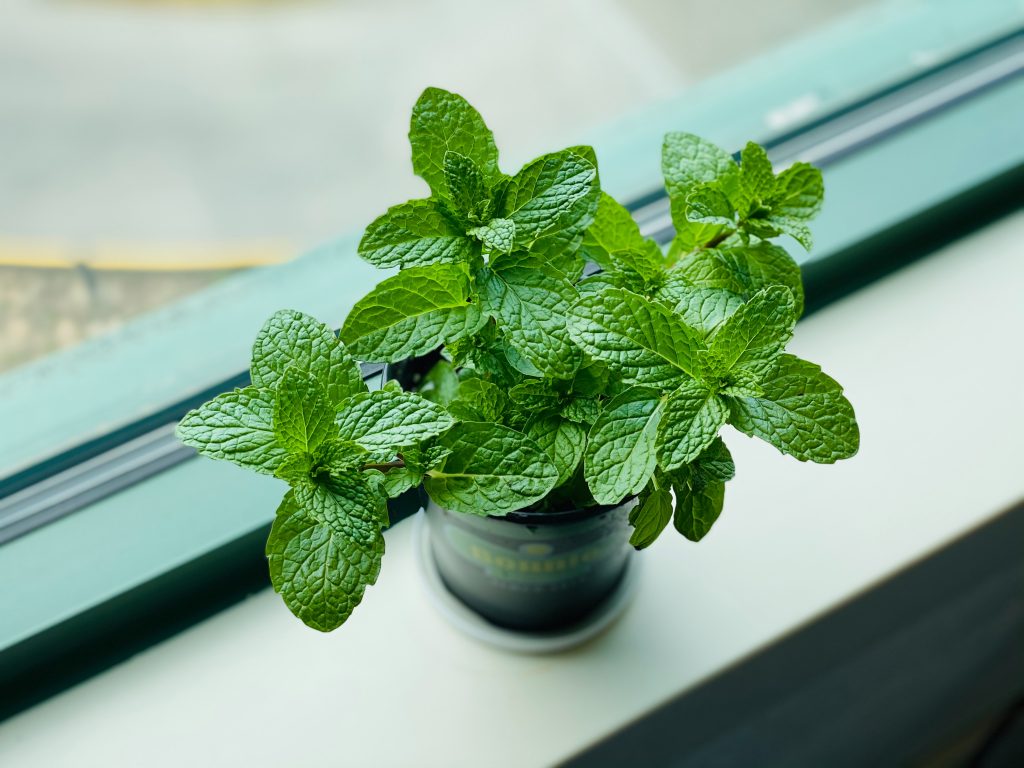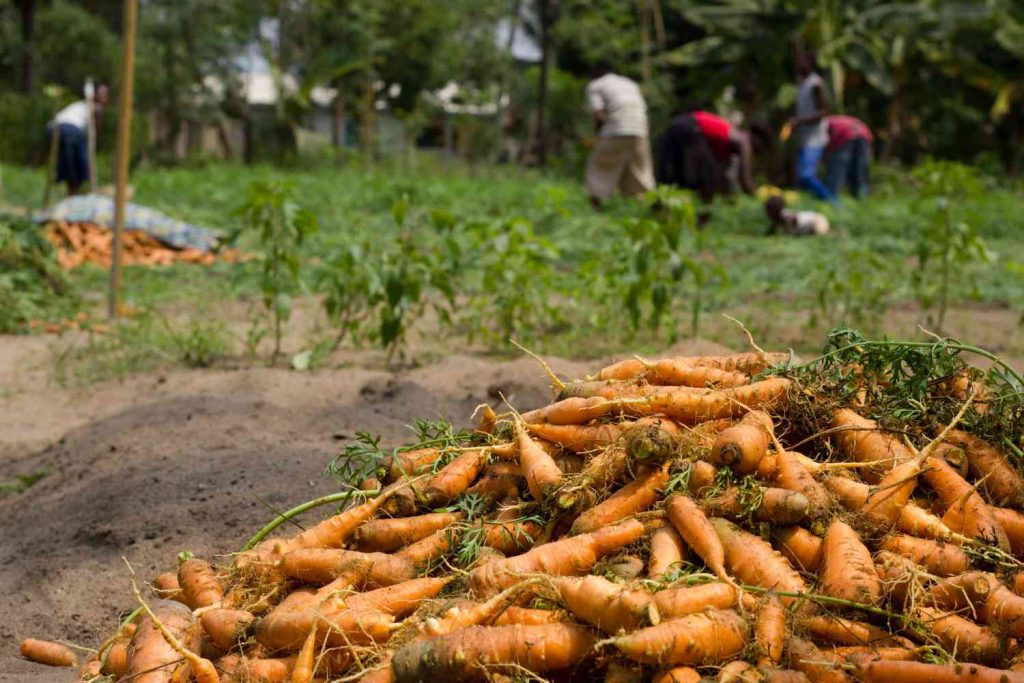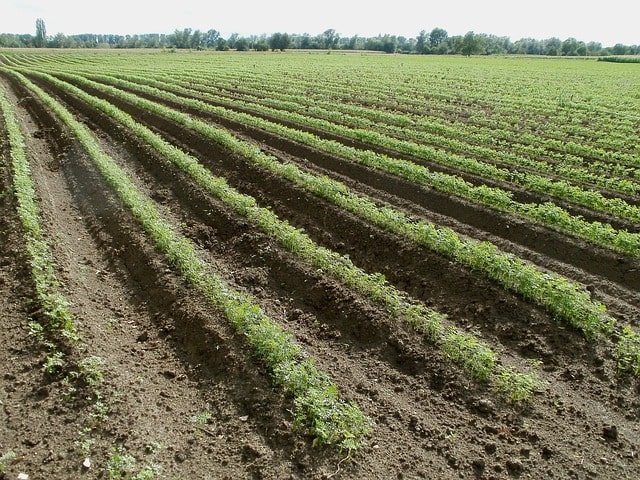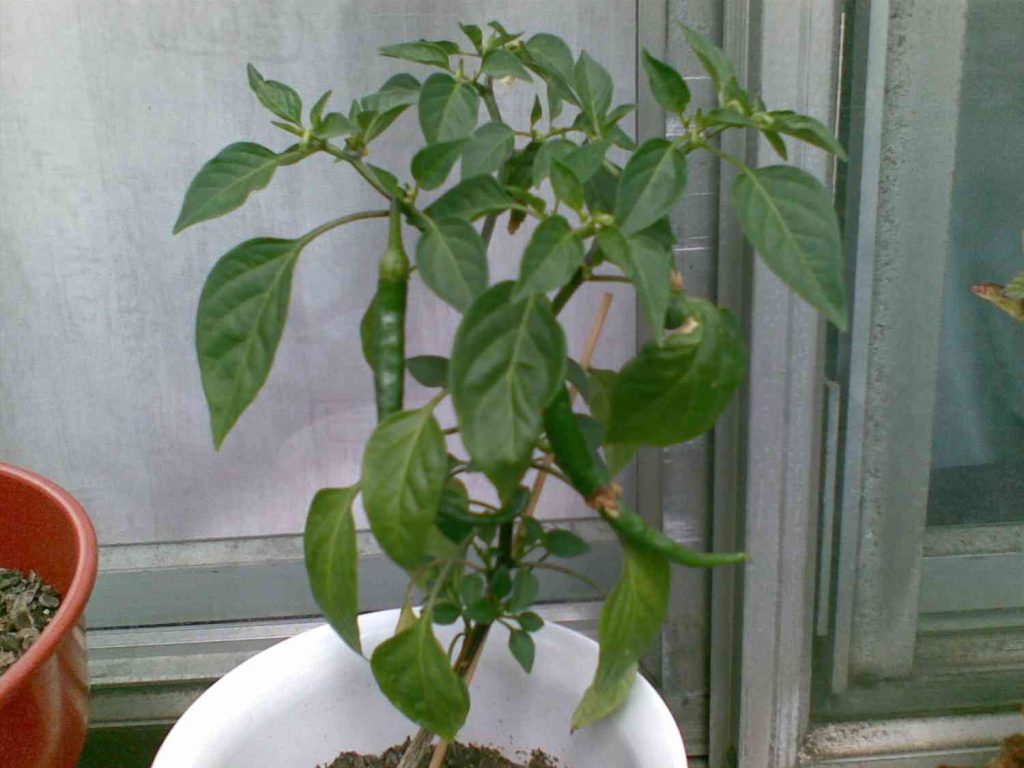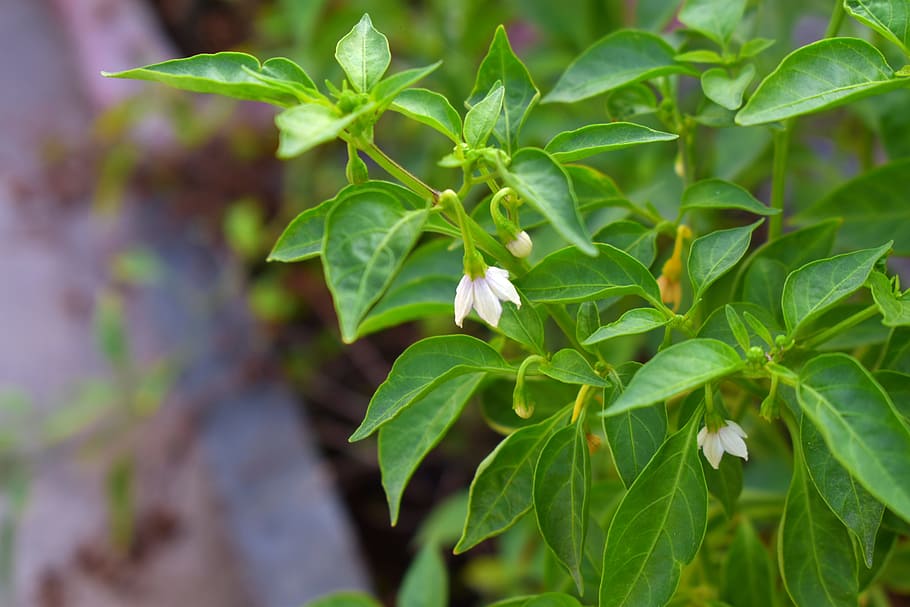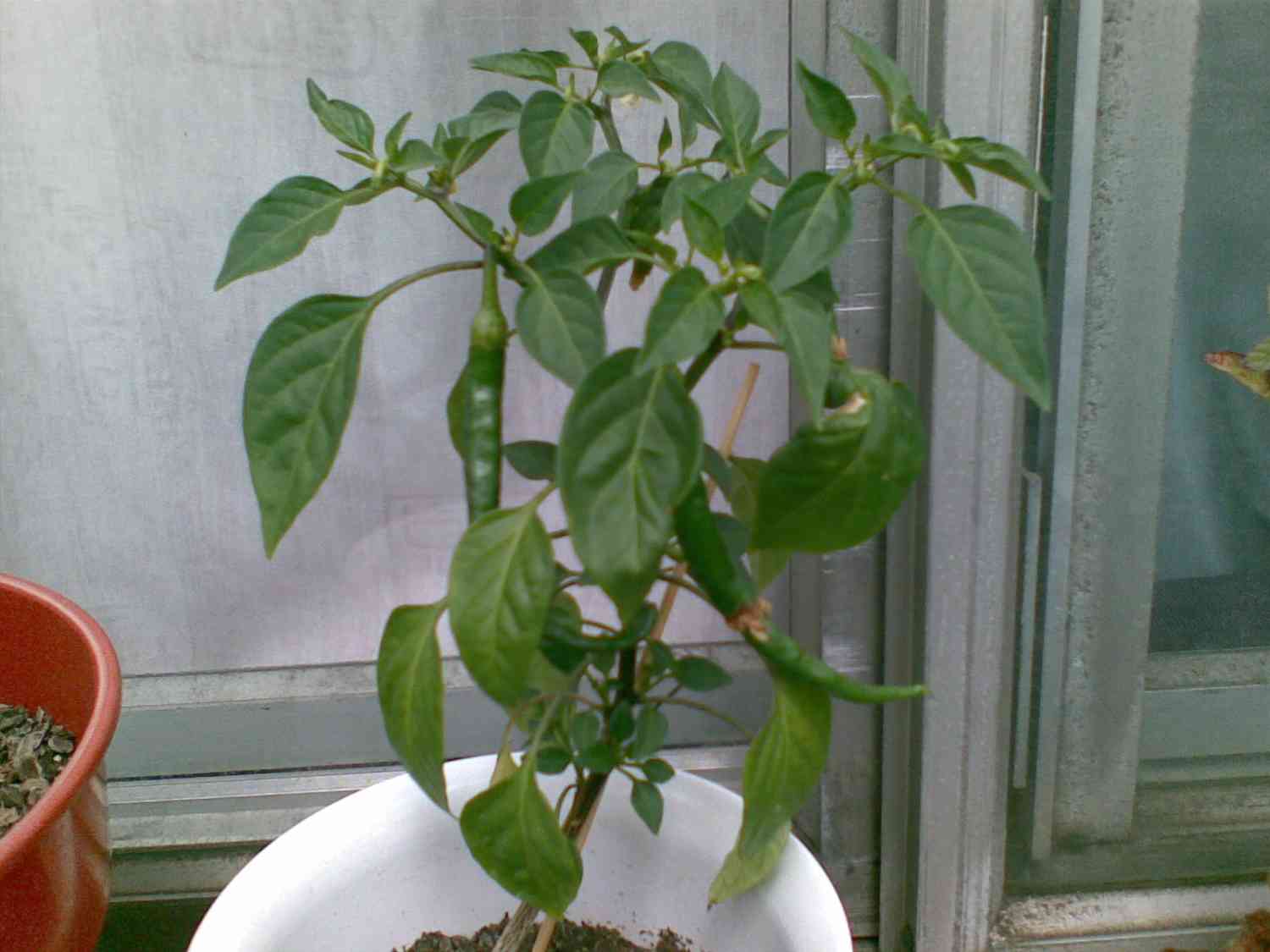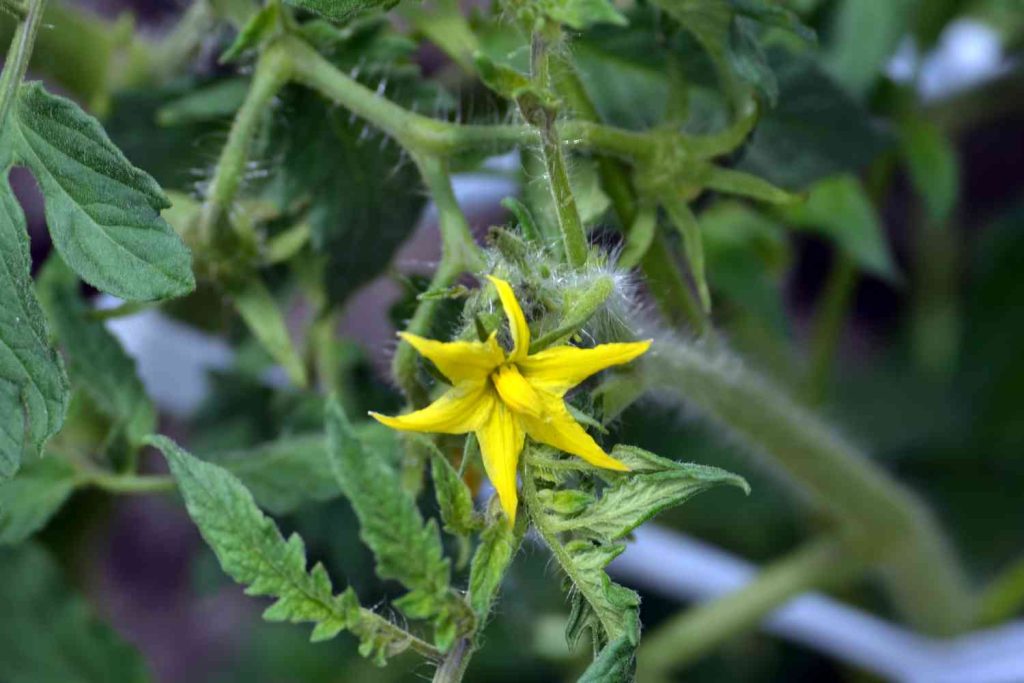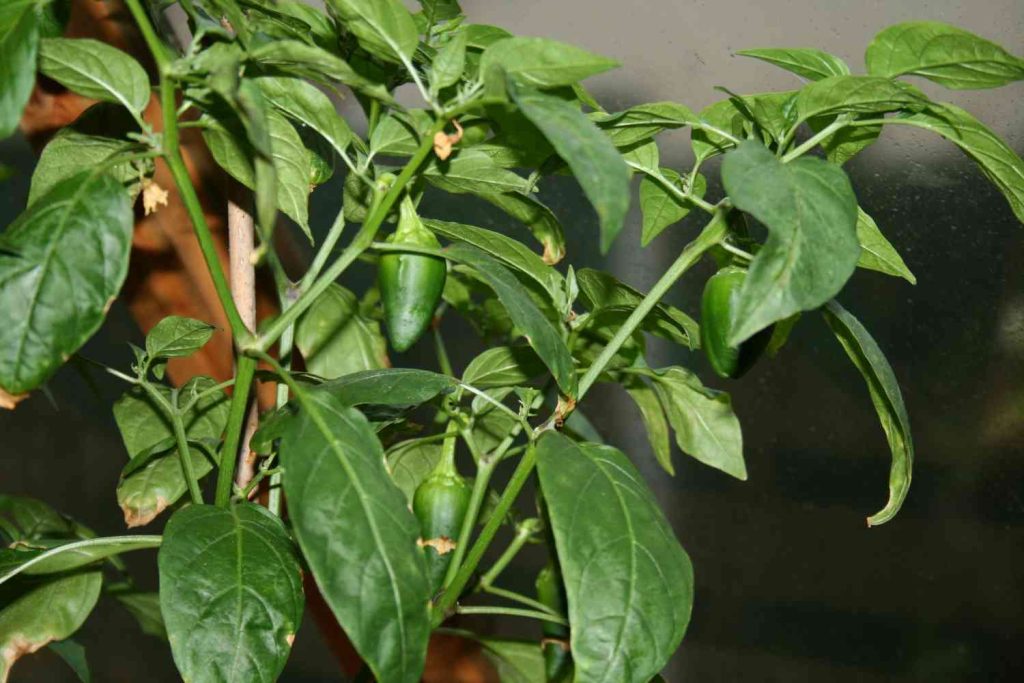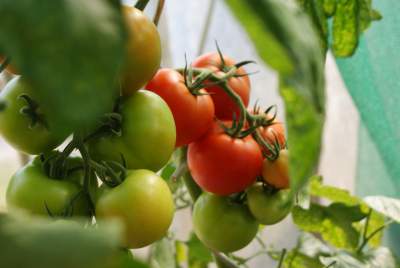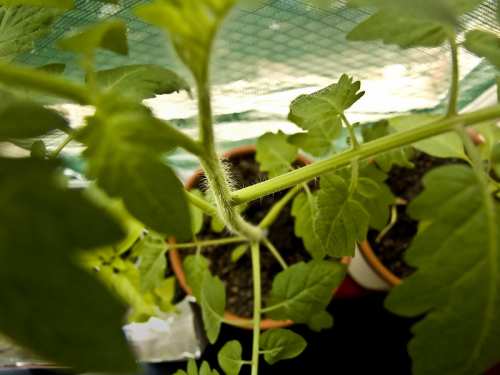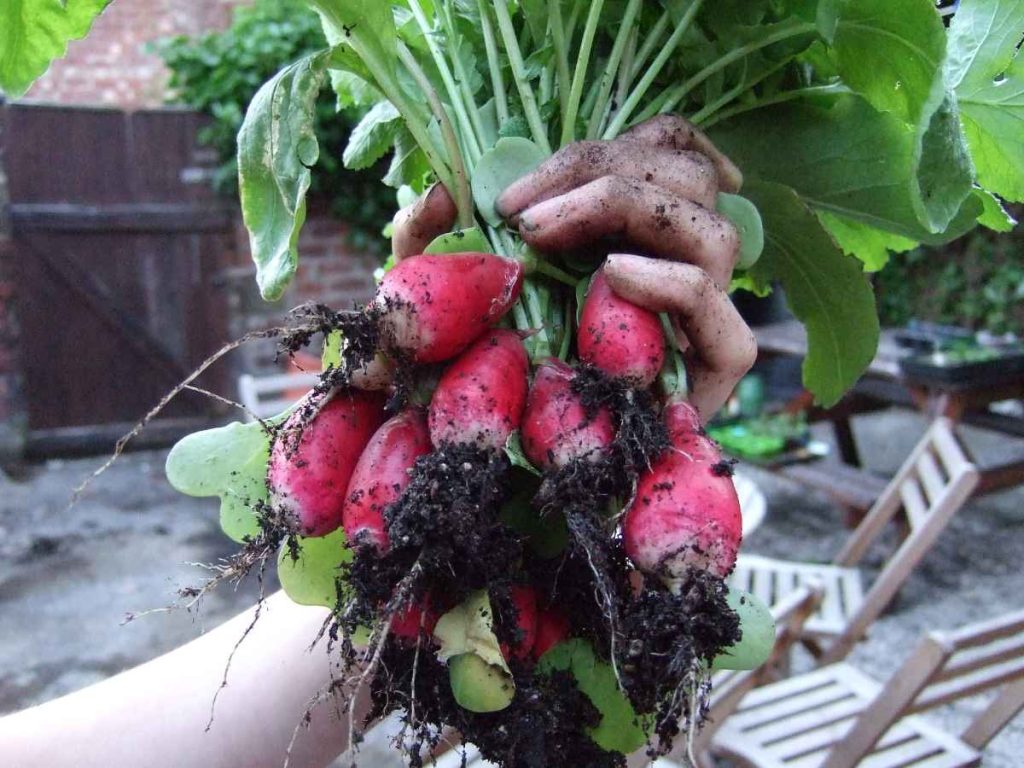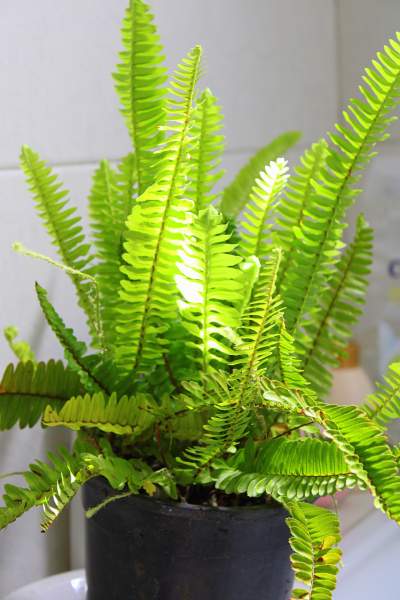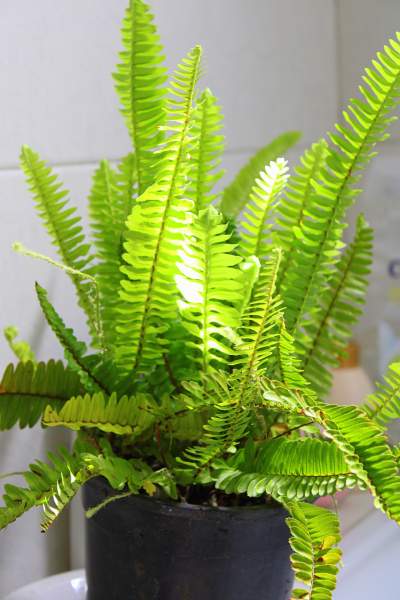Spinach is not only a leave but it has the source of exceptional nutrients and has many health and beauty benefits. It was regarded as a plant with evident abilities to restore energy, increase liveliness and refine the quality of blood.
It has a rich amount of iron, vitamin K, vitamin C, vitamin A, and it is a reliable source of magnesium, manganese, and vitamin B2. Spinach is best vegetable which contains rich amount of vitamin K and it helps to maintain bone health. With these indefinite qualities, spinach is easy to grow at home with more desirable efforts.
The preference of high quality vegetable and fruit to harvest fresh for the part of healthy food is often decided when stepping first into hydroponic gardening.
Delicious, crispy, and high nutritious leafy green just pick off from an indoor garden have the most rewarding aspect by growing your own plant hydroponically without put down any efforts. Now, we can discuss how to grow spinach hydroponically at home.

Spinach is a existing family member of Chenopodiaceous family, a family of dietary power houses along with plants like chard, beets, and quinoa. Growing spinach hydroponic is easy and there are many immense reasons for it. When you grow hydroponic spinach, you can harvest delicious and nutritious plants from seeds very quickly, over and over again.
Spinach germination
The first step for growing spinach hydroponically is to obtain the spinach seeds to germinate. Before germination soak spinach seeds for 5-10 hours in water to speed the germination process. For instance spinach seeds germination takes place in three stages: soaking up moisture, developing new cells inside the seed, and the visible emergence of the sprout.
Germination of spinach seed occurs between 32 and 65F. it is a cool weather crop so keep away from heating pads when germinating spinach seeds.
For hydroponic garden, it’s better to germinate the seeds without soil such as paper towel germination. In this method it controls the moisture easily, we can know easily when the seeds are germinated, and damp the paper towel retains the seeds cool.
Give 12 hours of light daily for your seeds. Blue light increase the production of chlorophyll and facilitate leafy growth. It is good for spinach.
Within 4 days start to sprout with germinated pre-soaked seeds. If you don’t soak the seeds, you have to wait for 10+ days for germination. If the spinach seedlings are about 2 inches tall then they are ready to transplant into your hydroponic system.
Once the seeds began to germinate, I placed the seeds in a starter soaked in 0.6 EC nutrient solution before they had time to develop most of the root system. My favorite launcher plug-in is called Rapid Rooter. They are particularly useful because they are suitable for hydroponics and ground cultivation.
Also Read: How To Plant Spinach? Here Is Everything You Need To Know
How to germinate spinach seed hydroponically?
For the germination of spinach seeds hydroponically, you have to grow a medium the seeds can start in.
Familiar seed starter plugs are coconut coir, Rockwool, or product like Rapid Rooter from general hydroponics.
While using Rockwool, before planting seeds make sure to balance pH. For this, you need to soak the plugs in 5.5 pH water for 20 seconds.
Rapid Rooter Plugs need to soak for a few hours before planting seeds. Okay, honestly, I never soaked them for more than a few minutes and always had great results. If you want to give them a 3 hour bath, do it. These plugs are designed to hold a certain amount of water that is ideal for germination. So don’t water them unless they dry out.
- Put 2-3 spinach seeds in each starter plug and place the plug in a bowl.
- Cover the starter seed pan with a moisture dome. Moisture helps start the germination process.
- Once the seeds begin to sprout and develop their first leaves, remove the moisture dome to keep mold and mildew at bay.
- The first set of real leaves will begin to develop, the seedling is ready to be transferred to your hydroponic system.
Bottom watering with Rock wool
Bottom watering refers to adding water to the seed bowl and not directly above the seed plug. This method will help to reduce the mold growth and keep the seeds healthier. To water your Rockwool starter plugs, simply add water to the bowl that the plugs are in. Just enough water to soak the underside of the plugs. The stoppers suck the water down to the seed.
Growing tips for hydroponically spinach
Use fresh seed
Spinach will take 5 to 15 days to sprout. It’s disappointed to wait nearly three week to have poor germination rates due to old seeds usage. So, use fresh seed for the improvement of better germination rate and it gives better results.
Sow 5 to 6 seeds per hole
For commercial growers each of them has their favorite germination medium. In which medium heavy sowing guarantees at least one strong , healthy seedling per hole.
Cold stratify seeds
Few commercial growers believe that before sowing the spinach seeds place it in a refrigerator for 1 to 3 weeks. They trust that the period of cold stratification produce the healthier plants.
Keep spinach seeds moist
While germination process takes place sowing seeds are allowed to dry out due to poor germination rate.
Don’t use seed heating mats
It is a cool weather crop, in which germination takes place between 5 -25C. In higher temperatures poor germination occurs.
Stagger planting
Sow seeds for every two weeks to have a fresh spinach to harvest continuously.
Also Read: Why Are My Spinach Leaves Turning Yellow
Control the temperature
As we know it’s a cool weather crop, spinach grow in day light temperature between 15 to 20C and in night temperature between 12 to 18C. In warmer climatic conditions, causes spinach to bolt which increase in its bitterness.
Don’t over fertilize spinach
Start to feed spinach seeds when they are transplant into hydroponic system. Commercial growers recommends that start with weaker solution of hydroponic nutrients and increase their strength gradually. Indication for nitrogen level is too high then leaf tip burns.
Reduce fertilizer strength and temperature prior to harvest
The simple trick to produce sweeter taste in spinach is to reduce ambient temperature for few degrees and decrease the strength of hydroponic nutrients as spinach plants are matured.
While growing hydroponic spinach at home requires more attention than other plants, it is well worth the effort to produce an edible plant from seed to harvest in just five and a half week.

